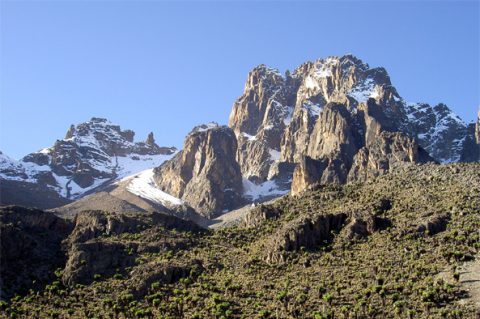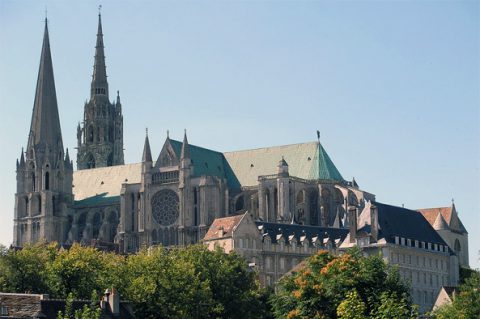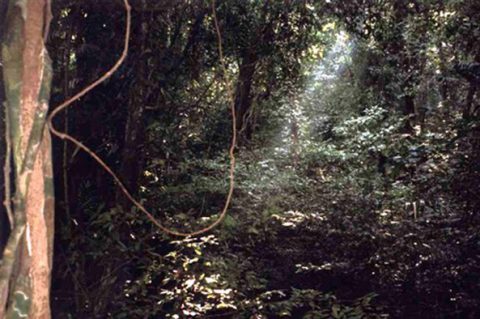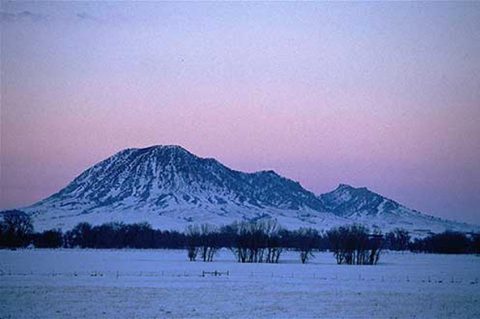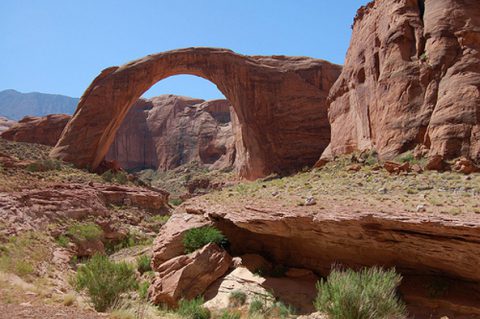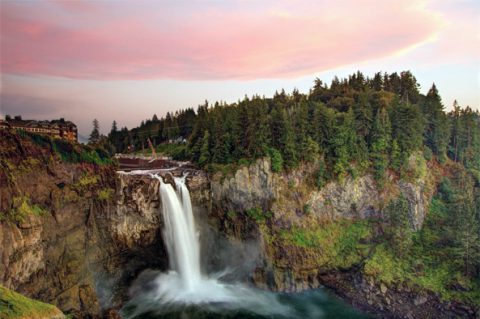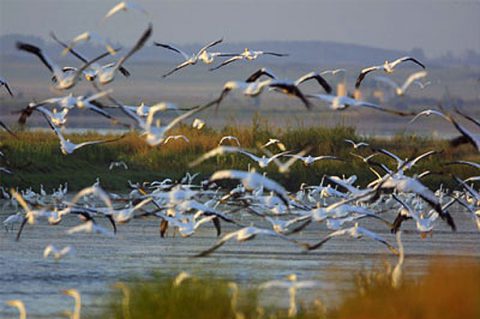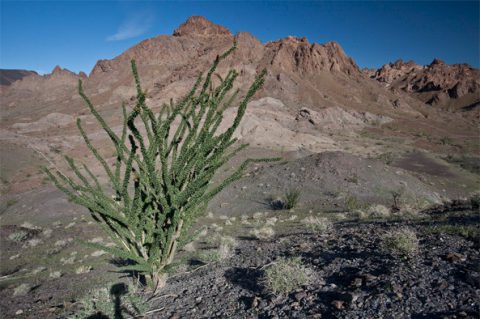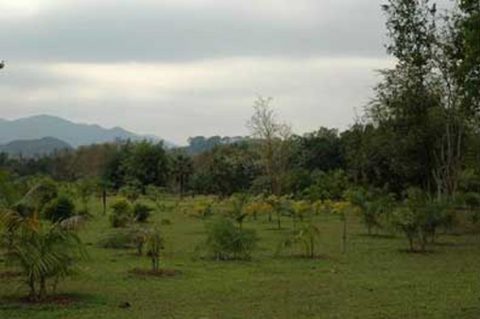Mount Kenya – Kenya
Although it straddles the equator, Mount Kenya is usually capped with ice and snow. At 17,058 feet, it is Africa’s second-highest mountain; glaciers nest in its ragged peaks, forests blanket its slopes. This ancient extinct volcano, which rises in the center of the country that shares its name, has long been a wonder to all who beheld its icy peaks gleaming with sunlight.
